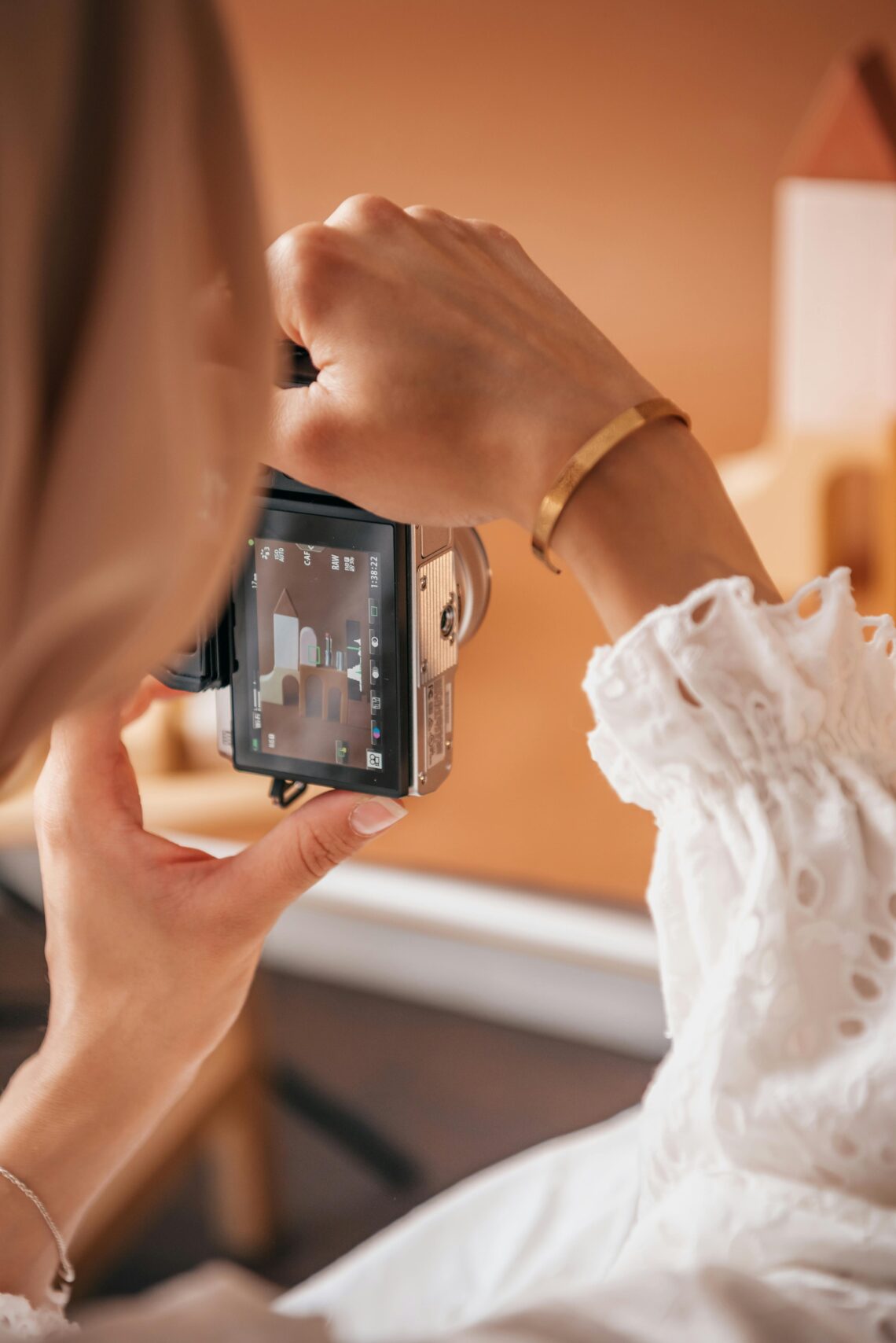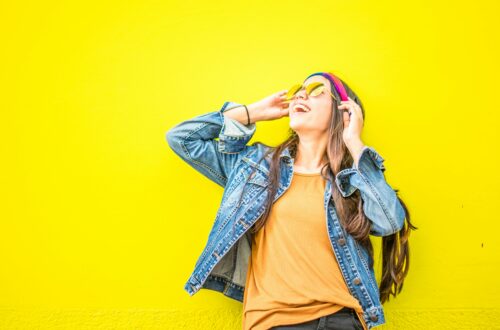fotoacompanhamente
Introduction
Photography has evolved beyond single snapshots. Today, people want to record progress, emotions, and growth in a visual sequence — this is where fotoacompanhamente shines. The term refers to continuous photo documentation that tells a deeper, more meaningful story. Unlike random images, fotoacompanhamente captures transformation step by step, helping people preserve memories and showcase change with purpose.
Understanding the Concept of fotoacompanhamente
fotoacompanhamente means following a process, person, or project over time through a series of photographs. Each image connects with the previous one, creating a visual narrative of development. It’s widely used in personal and professional settings — from documenting a baby’s first year to showing the construction of a building. This type of photography has become increasingly popular because it blends emotion with progress, turning ordinary moments into long-term memories.
Why fotoacompanhamente Has Gained Popularity
In the social media era, visual storytelling dominates communication. People crave authenticity, and fotoacompanhamente provides exactly that. It shows real-life evolution rather than perfection. Whether you’re a parent, an artist, or a business owner, sharing your fotoacompanhamente journey builds trust and relatability. Brands use it to highlight behind-the-scenes efforts, while individuals use it to celebrate growth. Over time, the photos tell a story of dedication, effort, and achievement — all key elements that make fotoacompanhamente so engaging.
Personal Uses of fotoacompanhamente
On a personal level, fotoacompanhamente is a creative way to record life milestones. Parents can capture their child’s monthly growth, travelers can photograph each destination over time, and fitness enthusiasts can visually track physical transformation. Instead of random photos, these images become part of a larger story that reflects time and emotion. fotoacompanhamente adds a sense of structure and purpose to personal photography, turning memories into a meaningful timeline.
Professional Applications of fotoacompanhamente
In professional fields, fotoacompanhamente serves as a valuable tool for showcasing credibility and progress. For example, architects and engineers document construction stages, chefs record culinary creations from start to finish, and businesses capture team or brand evolution. These photo sequences not only highlight professionalism but also humanize the process behind every achievement. Clients appreciate transparency, and fotoacompanhamente provides a visual record that speaks louder than words.
How to Create a Successful fotoacompanhamente Project
A great fotoacompanhamente project requires consistency and planning. First, define your objective — what do you want to show? Next, decide how often you’ll take photos: daily, weekly, or monthly. Consistency in lighting, angles, and background helps maintain continuity. Over time, these subtle changes make the evolution more visible and meaningful. It’s also wise to organize your photos chronologically, either digitally or in a printed format, so the entire journey remains easy to follow.
If you’re creating a fotoacompanhamente for a business, focus on moments that highlight craftsmanship, teamwork, or transformation. Authenticity and storytelling matter more than perfection. This approach keeps the audience emotionally invested and eager to see the next update.
Creative Ideas to Implement fotoacompanhamente
You can experiment with fotoacompanhamente in countless creative ways. Try documenting your plant’s growth from seed to bloom, your artwork from sketch to masterpiece, or your workspace as it evolves throughout a project. Businesses can use fotoacompanhamente for marketing by showing before-and-after comparisons or sharing real-time progress with followers. These ideas not only showcase transformation but also build connection and curiosity among viewers.
Tips for Perfecting fotoacompanhamente Photography
To enhance your fotoacompanhamente, focus on subtle consistency. Use the same camera or settings to maintain image harmony. Avoid changing lighting styles too drastically. Even minor variations can distract from the progress you’re trying to highlight. Natural lighting often works best because it provides a realistic tone. Remember, fotoacompanhamente is not about perfection — it’s about authenticity, growth, and the story behind every step.
You can also edit photos minimally to adjust brightness or color balance, but avoid over-editing. The natural transition in fotoacompanhamente is what gives it emotional value.
Conclusion
fotoacompanhamente transforms the way we see progress. It’s not just a photographic technique but an emotional narrative that values patience and persistence. Every image carries a piece of time, connecting past and present in one frame. Whether used for personal reflection or professional documentation, fotoacompanhamente turns ordinary sequences into extraordinary stories. It reminds us that real beauty lies in evolution, not instant results.





